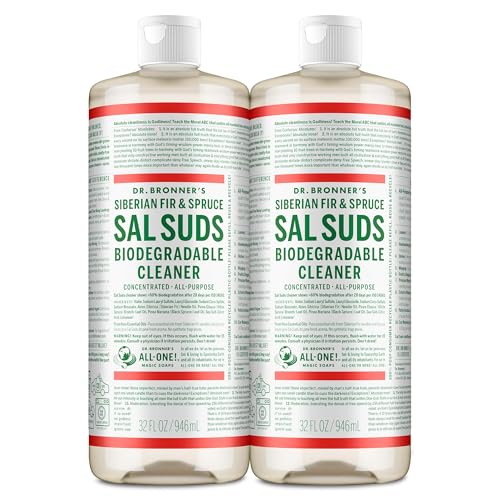
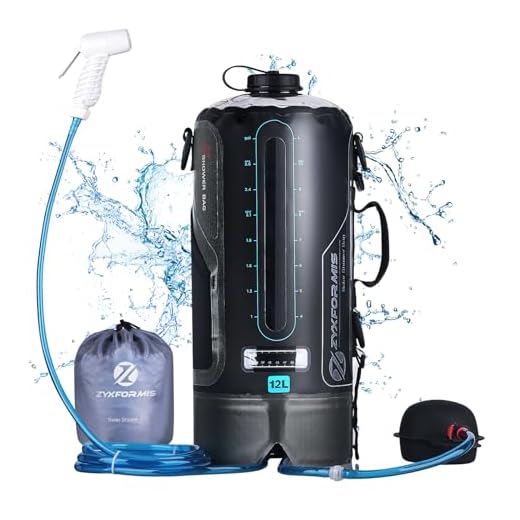
I recommend familiarising yourself with the key components and mechanisms that enable efficient outdoor cleaning with compact high-pressure cleaners. At their core, these systems utilise a motor, a pump, and a nozzle to generate a concentrated stream of water that effectively removes dirt and grime from various surfaces.
The motor drives the pump, which pressurises the water. As water enters the pump, it is compressed and sent through a high-pressure hose. The nozzle is crucial, as it determines the shape and intensity of the water stream. Nozzles can vary, allowing for different spray patterns suited to specific cleaning tasks, from gentle rinsing to intense blasting for stubborn stains.
Many models incorporate a self-priming feature, enabling them to draw water from external sources like buckets or ponds, thus enhancing their versatility. Additionally, some units offer detergent integration, allowing cleaning solutions to be mixed with the water for more effective results when tackling heavily soiled surfaces.
My experience highlights the importance of portability and lightweight design, which facilitate easy manoeuvrability during use. This feature is particularly advantageous for individuals who need to transport their cleaning equipment across diverse locations, whether it’s for home maintenance or professional cleaning services.
Understanding the Basic Components of a Portable Hand Pressure Washer
Focusing on the primary elements that make up such a cleaning device can significantly enhance its efficiency and usability. Here are the critical parts I have identified through years of hands-on experience.
Motor and Pump Assembly
The motor or engine generates the necessary power to drive the pump, which is responsible for creating high-pressure water output. Electric variants often utilize universal motors, while gas-operated units may feature four-stroke engines. The pump’s design influences both pressure output and flow rate, directly affecting cleaning capability.
Water System and Hose
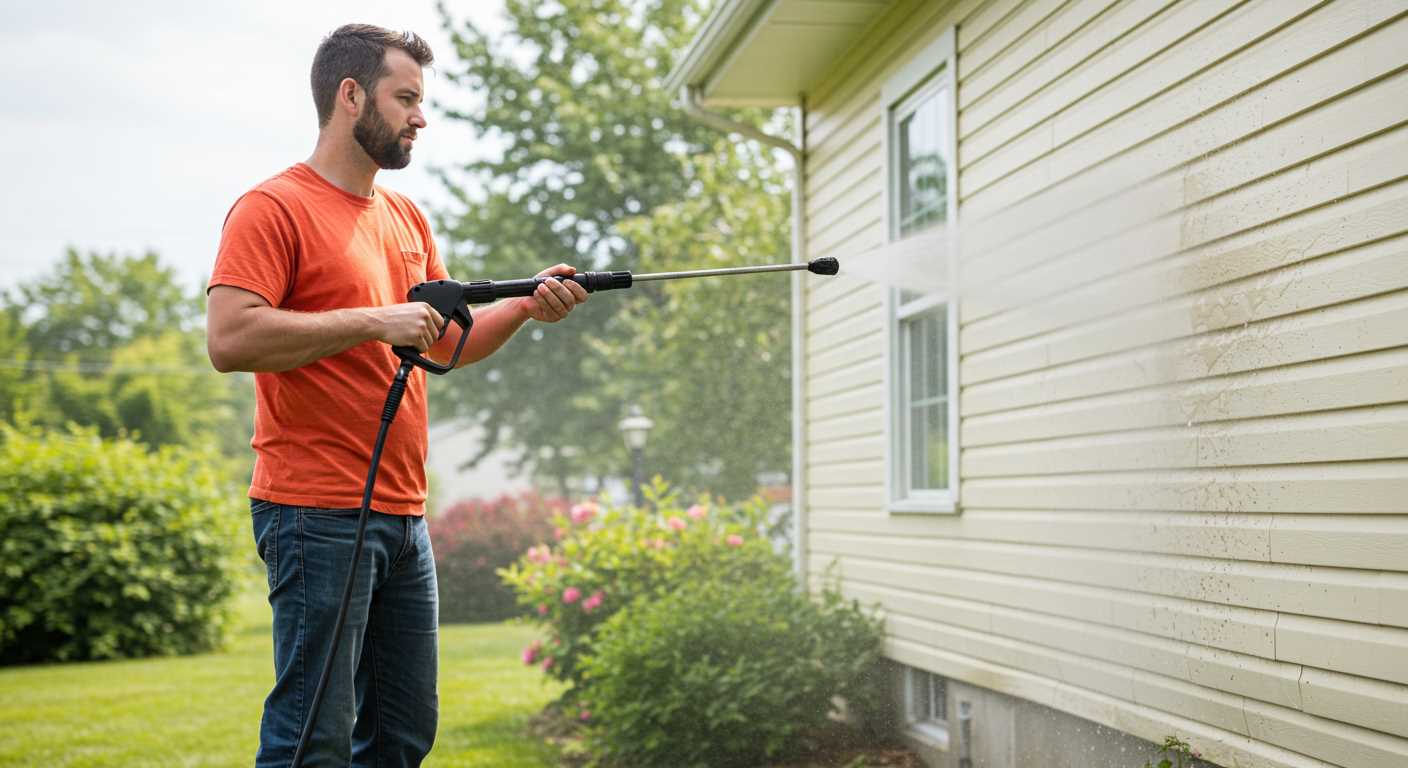
Efficient water intake is vital for performance. An integrated system typically includes a suction hose that draws water from a source and a high-pressure hose designed to withstand elevated pressure levels. Pay attention to hose length and diameter; a longer, narrower hose can reduce flow and efficiency. Additionally, a quick-connect fitting can enhance user convenience and reduce setup time.
The Role of Water Source in Pressure Washer Functionality
For optimal performance, the water source must align with the requirements of the cleaning device. The correct supply ensures that the unit achieves intended pressure levels and flow rates. I recommend that users always verify that their water source can maintain a steady flow, ideally 2 gallons per minute (GPM) or more, to support maximum efficiency.
Using a garden hose is a common setup, but its diameter, length, and any kinks can impact performance. A wider hose typically facilitates better water flow. Also, if the hose is excessively long, it may reduce pressure at the outlet. Aim for a hose that measures no more than 50 feet in length to preserve water power.
Water temperature can also play a significant role. The ideal temperature for most equipment ranges from cool to warm, around 60-100 degrees Fahrenheit. Keeping water at this range prevents damage to components while ensuring effective cleaning. Hot water can be used in specific models designed to handle elevated temperatures, leading to superior grease and grime removal. Always refer to the manufacturer’s specifications to avoid damaging the unit.
Lastly, water quality is paramount. Sediments or contaminants can clog filters and damage internal parts. If the source water is not clear, consider using a filter to protect the equipment. Regular maintenance, including cleaning the inlet filter, further extends the lifespan of the system and maintains optimal performance.
How the Pump Increases Water Pressure
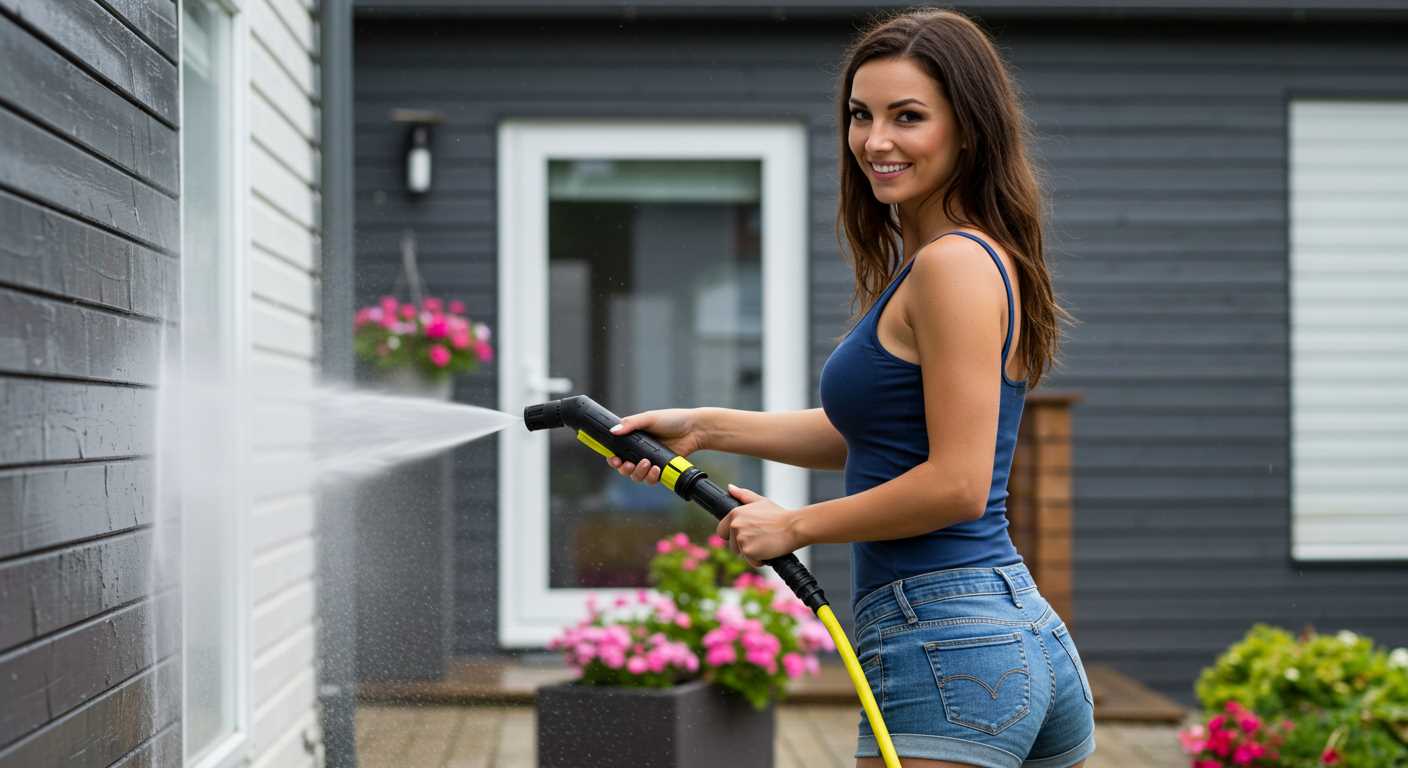
The pump serves as the heart of a cleaning unit, transforming standard water flow into a formidable stream. Understanding the mechanics behind this transformation is key to optimising cleaning results. Most models utilise either a plunger or diaphragm style pump; plunger pumps tend to offer superior performance when it comes to generating pressure.
Water is drawn into the pump through an inlet valve. When the unit is activated, the motor powers the pump mechanism, pushing the water through a series of pistons or diaphragms. This coordinated movement compresses the water, dramatically increasing its pressure. Typically, these pumps can generate pressures ranging from 100 to 300 bar, depending on design and operating parameters.
To illustrate the impact of pump design on pressure, consider the following table comparing common pump types:
| Pump Type | Pressure Range (bar) | Durability | Common Applications |
|---|---|---|---|
| Plunger Pump | 150-300 | High | Heavy-duty cleaning |
| Diaphragm Pump | 100-200 | Moderate | Light to medium cleaning |
Pressure is further enhanced through the use of unloader valves, which regulate the flow. When the trigger is released, the unloader diverts water back to the pump, preventing over-pressurisation–a feature critical for maintaining pump longevity.
For optimal functionality, ensure regular maintenance of the pump. This includes checking for leaks, cleaning filters, and replacing worn components. Regular servicing not only prolongs the life of the equipment but also maintains consistent performance throughout its use.
The Mechanism Behind Spray Nozzles and Pressure Adjustment
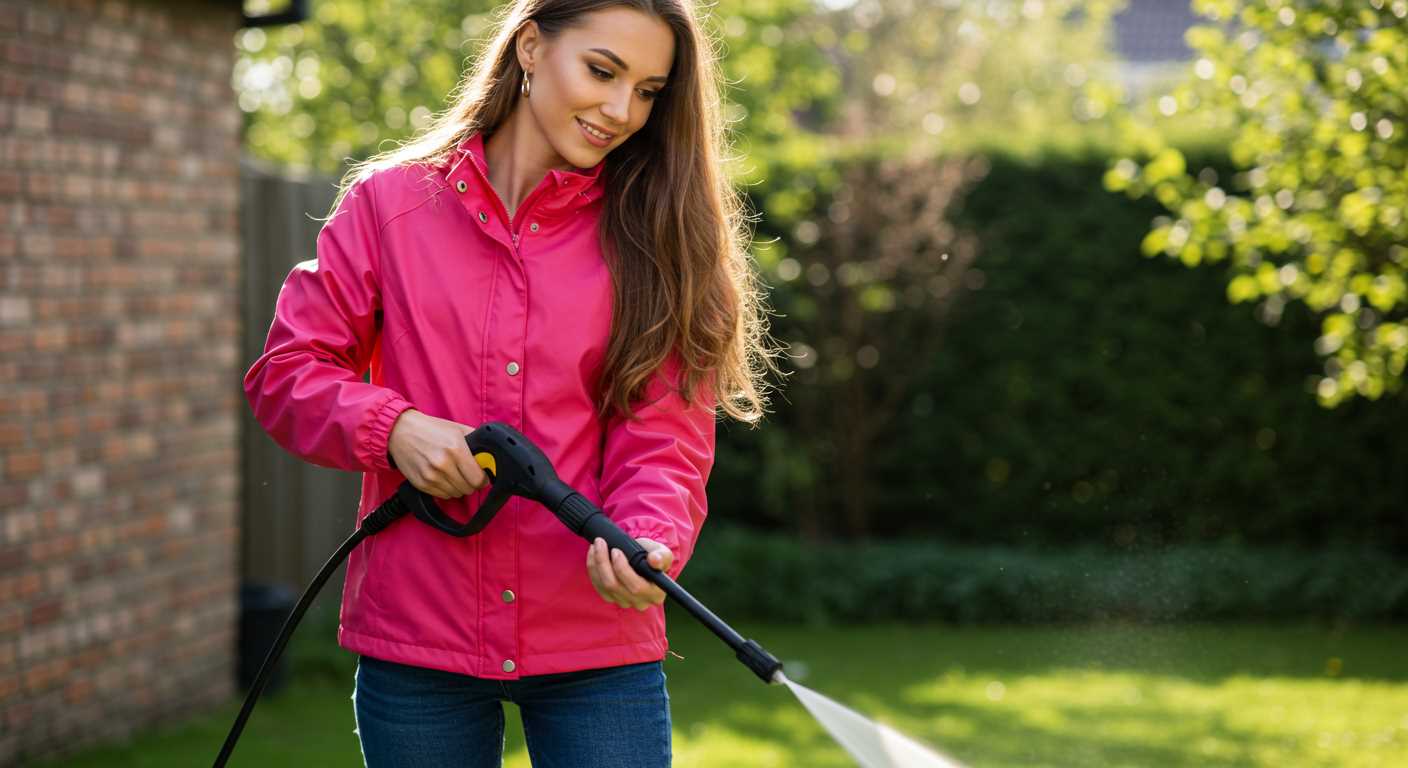
To achieve optimal cleaning performance, understanding the function of spray nozzles and their impact on water pressure is crucial. Each nozzle type alters the spray pattern, which in turn affects the cleaning efficacy for different surfaces and dirt types.
The following factors contribute to the overall mechanism:
- Nozzle Type: Nozzles come in various designs, including fan, cone, and zero-degree. The fan nozzle disperses water over a larger area, making it suitable for rinsing surfaces, while the zero-degree nozzle delivers a concentrated stream ideal for tough stains.
- Adjustability: Many spray nozzles feature adjustable settings, allowing users to switch between different spray patterns effortlessly. This versatility provides greater control over the cleaning process, catering to specific tasks.
- Pressure Regulation: Most units include a pressure adjustment feature, often integrated into the trigger mechanism. This regulates the water pressure being expelled, enabling a gentler spray for delicate surfaces or a powerful jet for more robust cleaning jobs.
- Flow Rate: The nozzle’s design also affects the flow rate of water. A nozzle that restricts the opening increases pressure, while a broader opening reduces it. This balance determines the effectiveness of the wash.
The relationship between nozzle selection and pressure management is integral to achieving the desired cleaning results. By selecting the appropriate nozzle type and adjusting the pressure as needed, users can maximise efficiency and effectiveness, ensuring a thorough cleaning experience tailored to individual needs.
Power Supply Options for Portable Models
Battery-operated units offer the most flexibility, especially for outdoor tasks away from power sources. When selecting a model, consider the battery capacity, as a higher amp-hour (Ah) rating typically translates to longer operational time. Look for removable batteries that you can charge separately, ensuring continuity during heavy-duty use.
Electric variants require a nearby power outlet. Take note of the power cord length and gauge; a thicker cord reduces voltage drop and maintains performance, particularly when dealing with longer distances. Additionally, ensure the unit is equipped with a GFCI (Ground Fault Circuit Interrupter) for added safety in wet conditions.
Hybrid options combine both battery and mains power. These versatile models can operate with or without being plugged in, adapting to various situations. When evaluating these, check the switching mechanism – seamless transitions can enhance user experience.
For those prioritising eco-friendliness, solar-compatible units are emerging. These models harness solar energy for charging, diminishing reliance on traditional electricity. Assess the efficiency of the solar panels and charging capabilities, especially in less sunny regions.
Maintenance Tips for Longevity and Optimal Performance
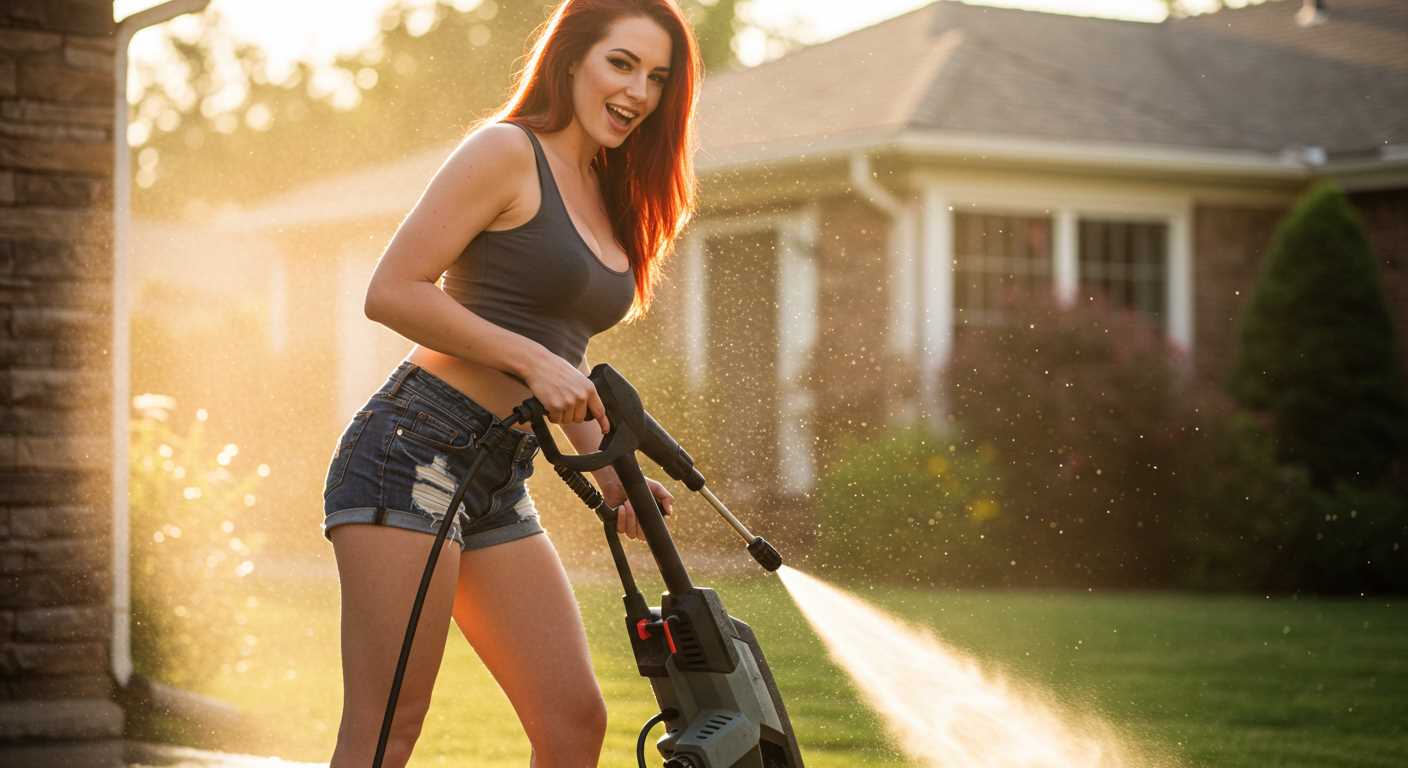
Regular cleaning of all components significantly extends lifespan and functionality. Rinse the exterior after each use to prevent dirt accumulation, ensuring components remain free of obstructions. A soft cloth or sponge suffices for this task.
Inspect and Replace Seals

Check the O-rings and seals periodically. Damaged or worn seals can lead to leaks, reducing efficiency. It takes only a moment to replace them, and doing so keeps the unit functioning optimally, avoiding costly repairs down the line.
Flush the System
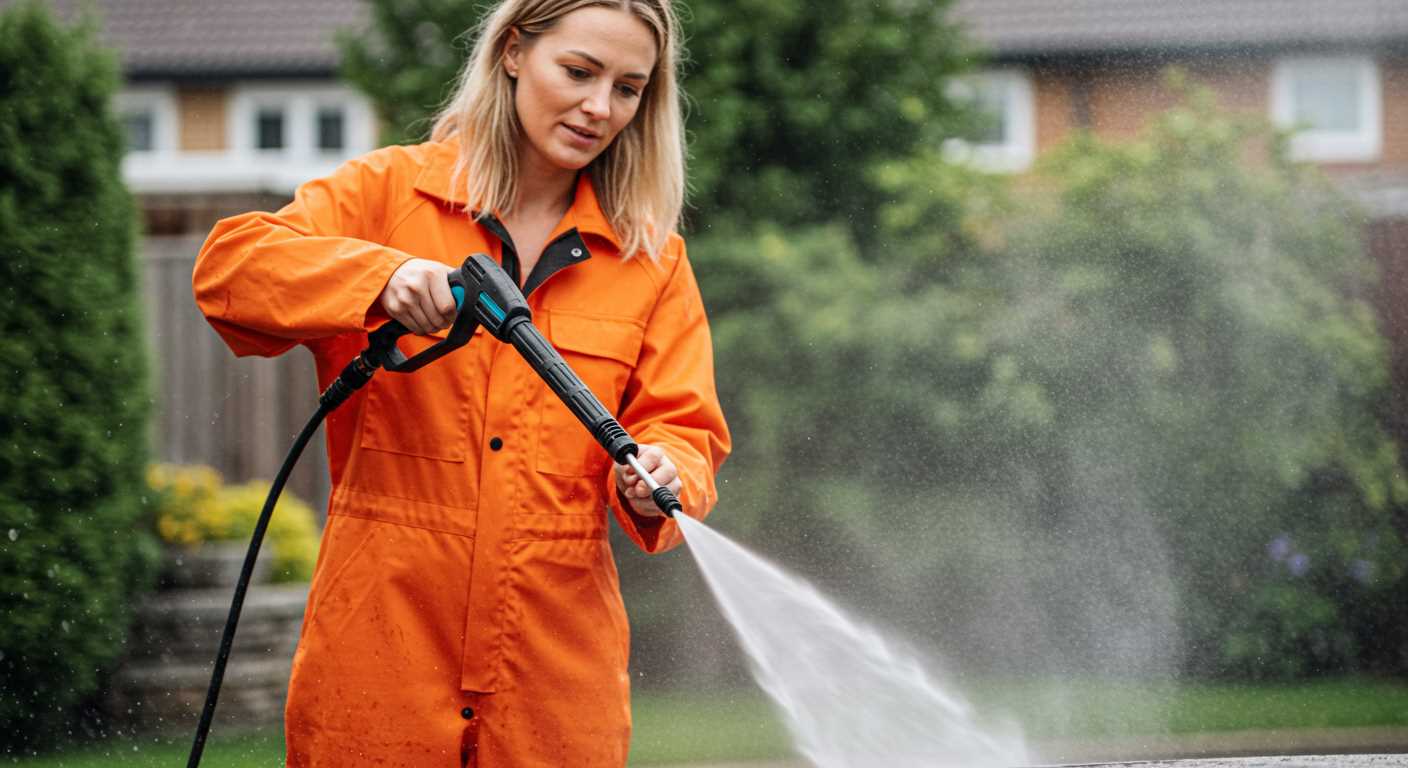
After each session, run clean water through the unit to flush out any detergent or debris. This simple step can prevent clogs and keep the pump in prime condition. Additionally, during extended periods of non-use, winterise the system to prevent freezing damage by using appropriate antifreeze solutions.



